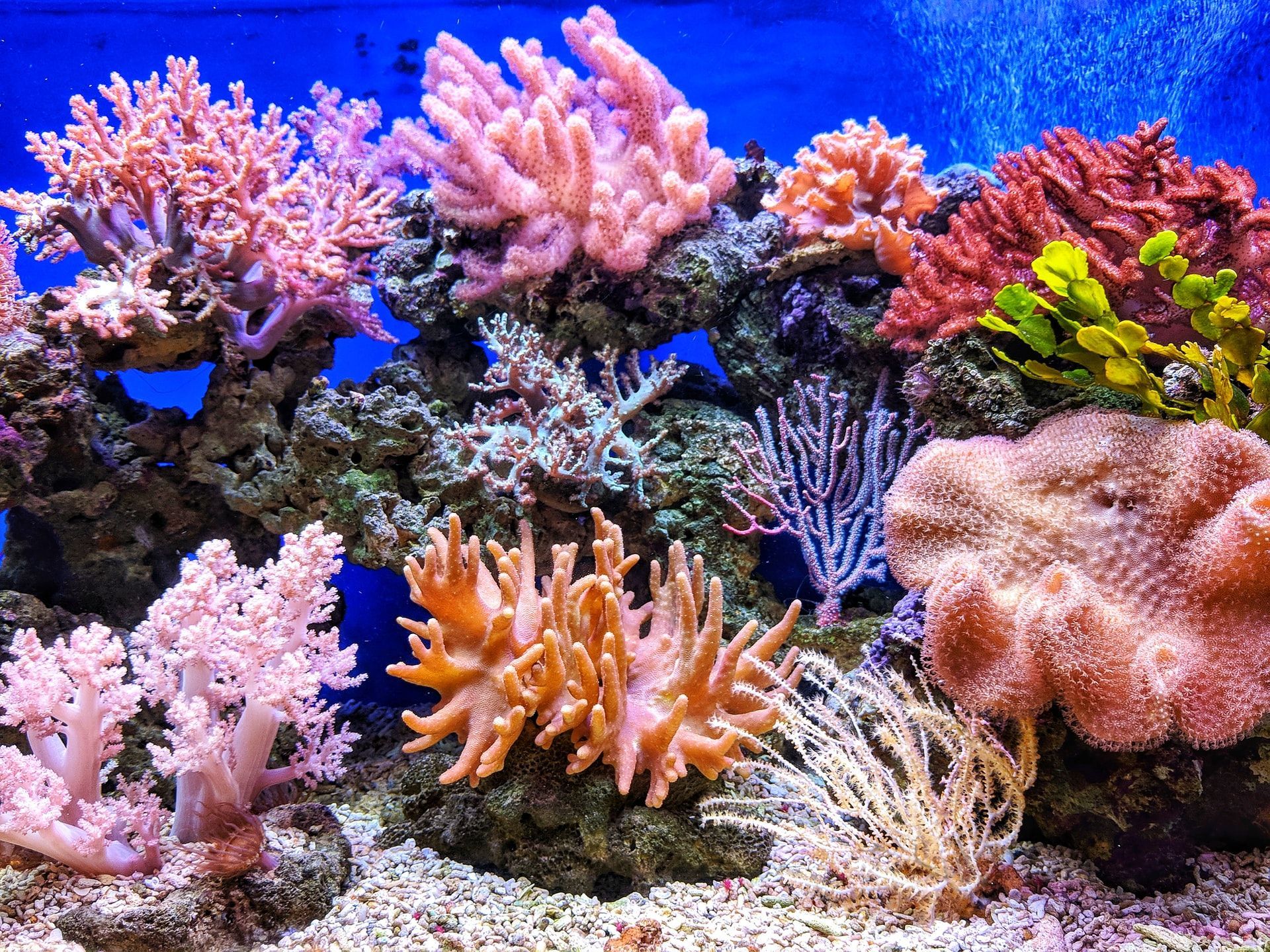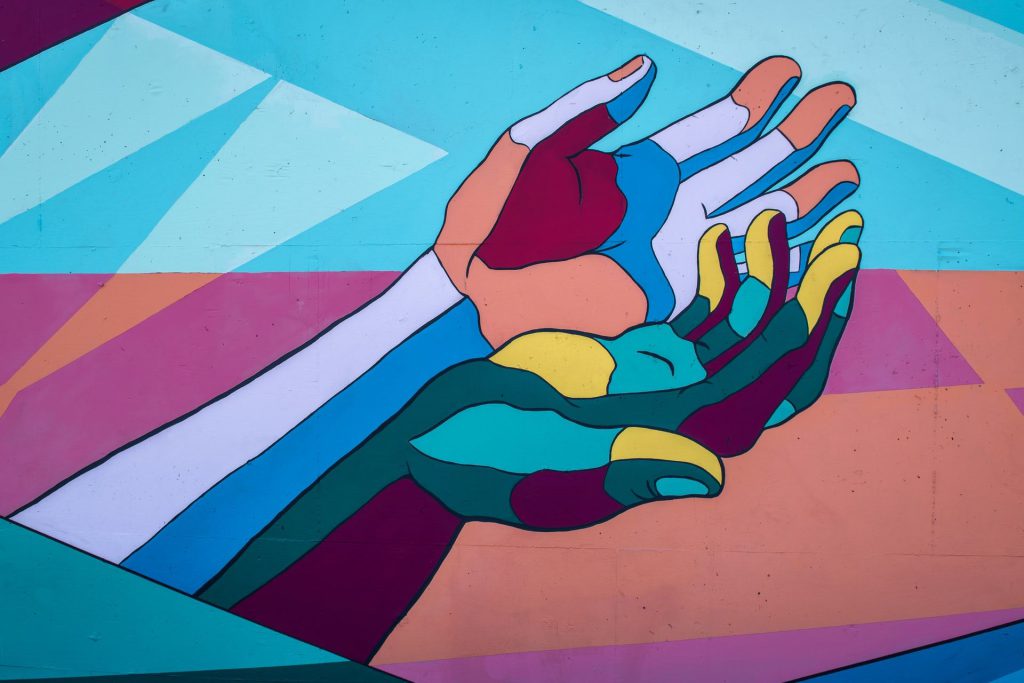5 Ways Coral Reefs Reflect the Employee Experience
Published on March 30, 2021

I’m pretty sure that when I say “employee experience” your next thought will probably not be “coral reef”. But when I was working on building our Realize Employee Experience Framework™ (REEF) and saw the accidental acronym, I was struck with a wave of inspiration. If you think about it, they actually have quite a lot in common:
1. Unique
There is no one perfect employee experience. Every organization is different, and every employee will have a unique experience based on the other employees, industry, workplace culture, and many other attributes. Similarly, every coral reef formation looks a little different from the rest.
In order to best protect your coral reef or your employees, you need to understand their unique needs. For example, assessing the unique employee experience at your organization with our Realize Employee Experience Framework™ will help your organization make the adjustments needed to strengthen the employee experience. It can also help your employees align and engage with their role in your own unique organization.
2. Diverse
When I think about coral reefs, I imagine the beautiful, colourful structures that support incredibly diverse marine life. Similarly, the employee experience can be seen as a foundational structure that supports a powerful and diverse team of people, forming a community within your organization and with your end-users (customers, clients, etc.). The wider the diversity of the ecosystem, the more vibrant things become.
But diversity doesn’t happen by chance. Coral reefs rely on the right combination of conditions such as temperature, light, or nutrients. When this balance is disrupted, massive bleaching occurs and the life and vivacity of the reef ecosystem is drained away. When an organization doesn’t truly invest in creating an inclusive environment where everyone feels safe to bring their whole authentic selves to work, the employee experience will quickly deteriorate.
3. Supportive
Coral reefs are an exquisite example of the importance of symbiosis. Reef-building corals have a symbiotic relationship with photosynthetic algae: the coral protects the algae, and the algae nourishes the coral and remove waste. Similarly, having a supportive network is an integral part of the employee experience. Employees need to feel mutual support with their coworkers as well as their supervisors and leaders in order to feel safe and be resilient at work. That level of support is a key driver of engagement, increases feelings of inclusion, and creates a more collaborative and productive work environment.

4. Dynamic
An increasingly highlighted component of the employee experience is the importance of providing dynamic learning and development opportunities. People are looking for opportunities to grow within your organization, whether that’s moving into more senior positions or expanding their knowledge, skills, and competencies. Coral reefs grow most effectively when they are exposed to strong currents and waves because more food for the marine ecosystem is delivered – if the ocean was static, they would not have these opportunities for growth. Just like reefs, people grow best in organizations when they are exposed to different, new, and challenging tasks, projects, and situations. Creating a dynamic employee experience empowers people to be creative and continuously learn and grow.
5. Protective
Cultivating a strong employee experience is an important way to bolster your organization and make it more resilient to change. Employees will be more individually resilient, motivated, and engaged if they feel aligned with your values, mission, and strategic direction. Having clear communication, being given opportunities to grow and develop, along with feeling supported and included at work are also key elements in improving the employee experience. In the same way that coral uses calcium carbonate to grow a hard shell which turns to stone and protects it, cultivating a strong employee experience establishes psychological meaning, safety, and availability, drives engagement and can protect employees from job anxiety and burnout.
To close things off by providing some fodder for your next trivia night, here’s a fun fact! Corals and humans have a common genetic heritage, with humans and other vertebrates sharing 10 to 12 per cent of known coral genes. Turns out, we have more in common than you’d have thought.



